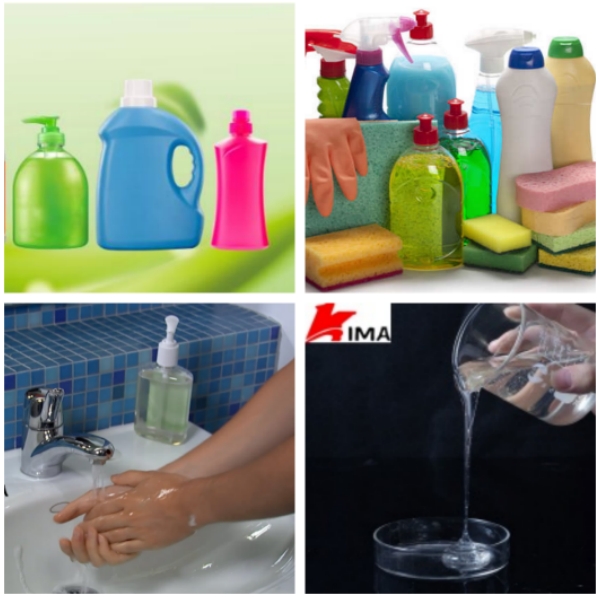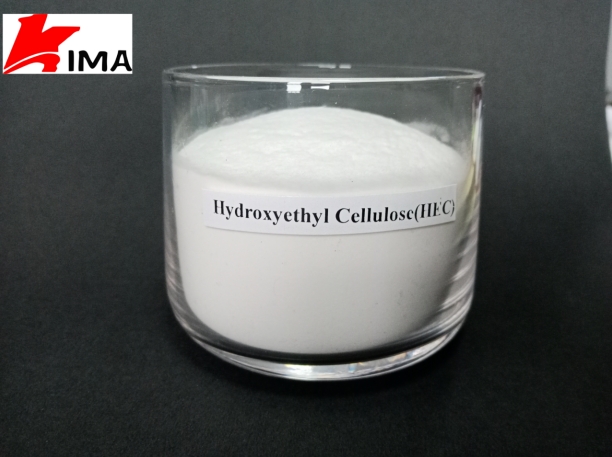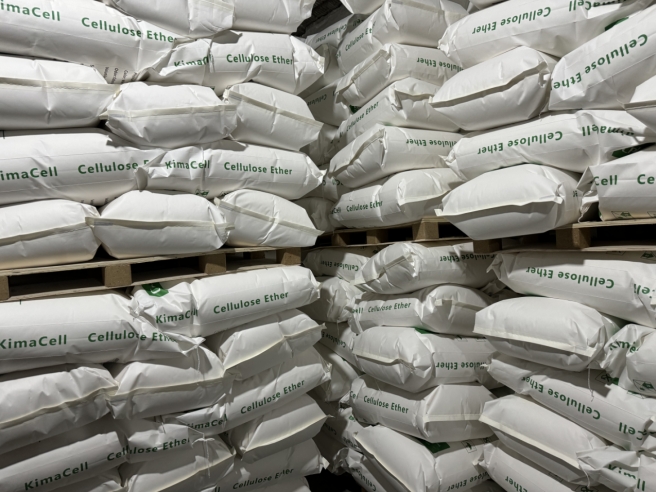Detergents are essential cleaning agents commonly used for domestic and industrial cleaning purposes. They contain a variety of chemicals that work together to remove dirt, stains, oils, and other contaminants from surfaces and fabrics. The primary function of these chemicals is to reduce the surface tension of water, allowing it to more effectively remove dirt. These chemicals, often referred to as surfactants, along with other auxiliary ingredients, play significant roles in the performance of detergents.
1. Surfactants (Surface Active Agents)
Surfactants are the main active ingredients in detergents. They help break the surface tension of water and allow it to wet and penetrate surfaces more effectively. Surfactants have hydrophilic (water-attracting) and hydrophobic (water-repelling) parts. The hydrophobic part binds with oils and grease, while the hydrophilic part binds with water, allowing the oil and grease to be rinsed away.

Types of Surfactants:
Anionic Surfactants: These are the most commonly used surfactants in household detergents. They are highly effective at removing dirt and oils and are typically found in laundry powders, dishwashing liquids, and liquid cleaners.
Sodium lauryl sulfate (SLS), Linear alkylbenzene sulfonate (LAS)
Cationic Surfactants: These are less commonly used in detergents but are effective at providing anti-static properties and softening fabric.
Cetyltrimethylammonium bromide
Nonionic Surfactants: These are mild and effective detergents, often used in applications where gentle cleaning is required (e.g., in personal care products or for delicate fabrics).
Polyethylene glycol (PEG), Alcohol ethoxylates
Amphoteric Surfactants: These surfactants can function as either anionic or cationic depending on the pH of the solution. They are used in products where mildness is needed.
Cocamidopropyl betaine
2. Builders
Builders are chemicals that enhance the effectiveness of surfactants by softening water and helping to break down mineral deposits (such as calcium and magnesium ions) that can interfere with cleaning. They also help to maintain the pH level of the detergent solution.
Sodium tripolyphosphate, sodium carbonate (washing soda), zeolites, citric acid
3. Enzymes
Enzymes are proteins that speed up the breakdown of organic matter like protein, starches, fats, and oils. They are commonly used in laundry detergents, especially for removing stains like food, blood, and grease. There are different types of enzymes used in detergent formulations:
Proteases: Break down protein-based stains (e.g., blood, egg, grass stains).
Amylases: Target and break down starches from foods like pasta, potatoes, and sauces.
Lipases: Degrade oils and fats, often used in removing greasy stains.
Cellulases: Help in breaking down cellulose and keeping fabrics looking newer for longer by preventing pilling.
4. Bleaching Agents
Bleaching agents are chemicals used to remove or lighten stains. They work by breaking down the chemical bonds of stain molecules, making them easier to wash away. Bleaching agents also help sanitize surfaces by killing bacteria and other microorganisms.
Sodium percarbonate, sodium hypochlorite (bleach), hydrogen peroxide, oxygen-based bleaches
5. Solvents
Solvents are used in detergents to dissolve grease and oils, which are otherwise insoluble in water. They help in cleaning tough, oily stains and are often found in dishwashing detergents and heavy-duty industrial cleaners.
Alcohols (ethanol, isopropyl alcohol), glycol ethers (e.g., ethylene glycol), terpenes

6. Fragrances
Fragrances are added to detergents to leave a pleasant scent on cleaned surfaces or clothes. They are primarily composed of essential oils or synthetic compounds and are added in small quantities.
Linalool, limonene, geraniol
7. Colorants
Colorants are used to give detergents an appealing appearance. These may be dyes or pigments that are mixed into the detergent formulations. These substances do not contribute to the cleaning process but are added to make the product visually attractive.
FD&C dyes, pigment dispersions
8. Anti-foaming Agents
While foam is often desirable in cleaning products (indicating effectiveness), excessive foam can cause problems in machines (such as washing machines) or during large-scale cleaning operations. Anti-foaming agents are added to reduce foam levels.
Silicone-based defoamers, dimethylpolysiloxane
9. Thickeners
Thickeners are added to detergents to provide them with a gel-like consistency. This is particularly important for products like dishwashing liquids and hand wash detergents, where a thicker consistency is preferred for easier application.
Hydroxyethyl cellulose, xanthan gum, sodium chloride
10. Preservatives
Preservatives are used in detergents to prevent microbial growth. They help increase the shelf life of detergent products by keeping them free from bacteria, fungi, and other microorganisms.
Methylisothiazolinone, phenoxyethanol
Table: Key Chemicals Used in Detergents
Chemical | Function | Common Examples | Type of Detergent |
Anionic Surfactants | Remove dirt and grease | Sodium lauryl sulfate (SLS), LAS | Laundry detergents, dishwashing liquids |
Cationic Surfactants | Softening fabrics, anti-static | Cetyltrimethylammonium bromide | Fabric softeners, hair conditioners |
Nonionic Surfactants | Mild, gentle cleaning | Polyethylene glycol (PEG), Alcohol ethoxylates | Household cleaners, personal care products |
Amphoteric Surfactants | Mild, used in a wide range of pH | Cocamidopropyl betaine | Baby detergents, personal care products |
Builders | Soften water, enhance cleaning | Sodium tripolyphosphate, zeolites | Laundry detergents, dishwasher tablets |
Enzymes | Break down proteins, fats, and starch | Proteases, amylases, lipases | Laundry detergents, stain removers |
Bleaching Agents | Remove stains, sanitize | Sodium percarbonate, hydrogen peroxide | Laundry detergents, bleach-based cleaners |
Solvents | Dissolve grease and oils | Ethanol, isopropyl alcohol, glycol ethers | Dishwashing detergents, industrial cleaners |
Fragrances | Provide pleasant scents | Linalool, limonene | All-purpose detergents, fabric softeners |
Colorants | Provide color and appeal | FD&C dyes, pigments | Liquid detergents, fabric softeners |
Anti-foaming Agents | Control foam levels | Dimethylpolysiloxane | Laundry detergents, dishwashing liquids |
Thickeners | Improve texture | Hydroxyethyl cellulose, xanthan gum | Gel detergents, hand soaps |
Preservatives | Prevent microbial growth | Methylisothiazolinone, phenoxyethanol | All-purpose cleaners, liquid detergents |

The development and formulation of detergents involve the careful combination of various chemicals, each serving a specific purpose in the cleaning process. Surfactants are the cornerstone of most detergents, while enzymes, builders, and bleaches enhance their effectiveness. Other ingredients, such as fragrances, solvents, and preservatives, improve the overall user experience. As sustainability becomes increasingly important, the detergent industry is also moving towards more eco-friendly and biodegradable alternatives, without compromising on cleaning performance.
 English
English 日本語
日本語 français
français Deutsch
Deutsch Español
Español italiano
italiano русский
русский português
português العربية
العربية Türkçe
Türkçe Nederland
Nederland






